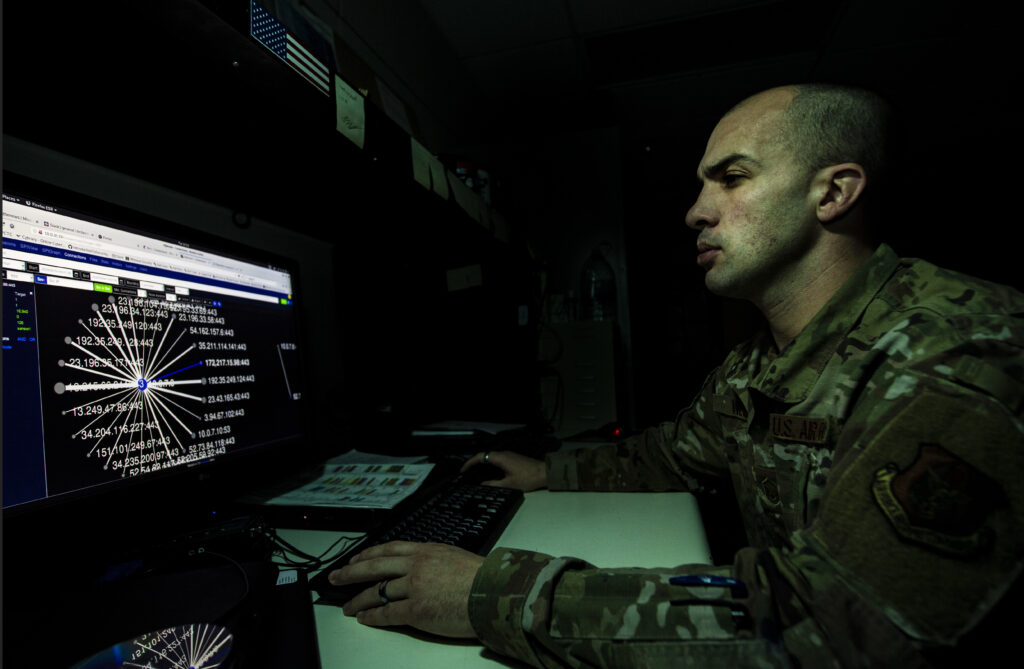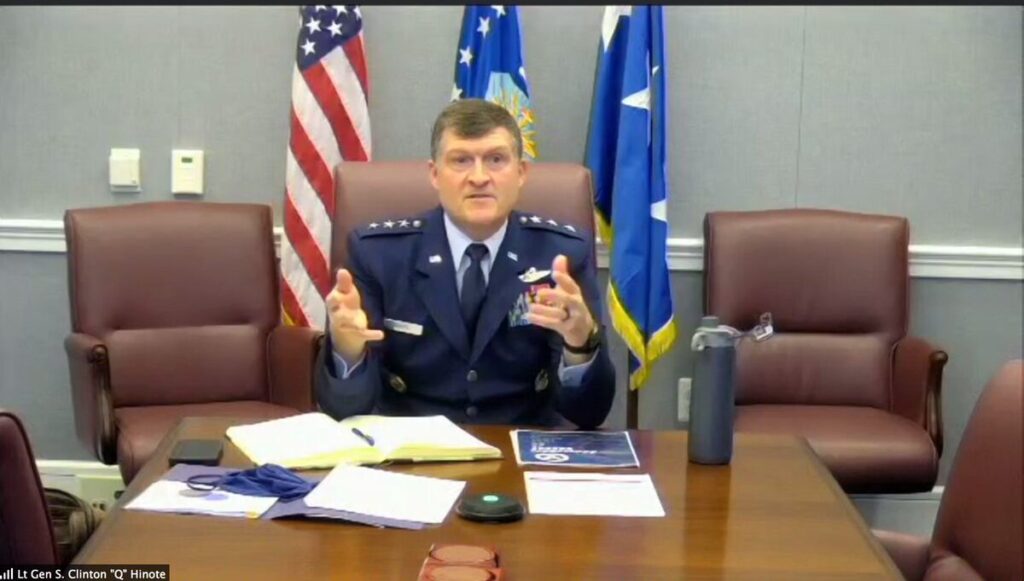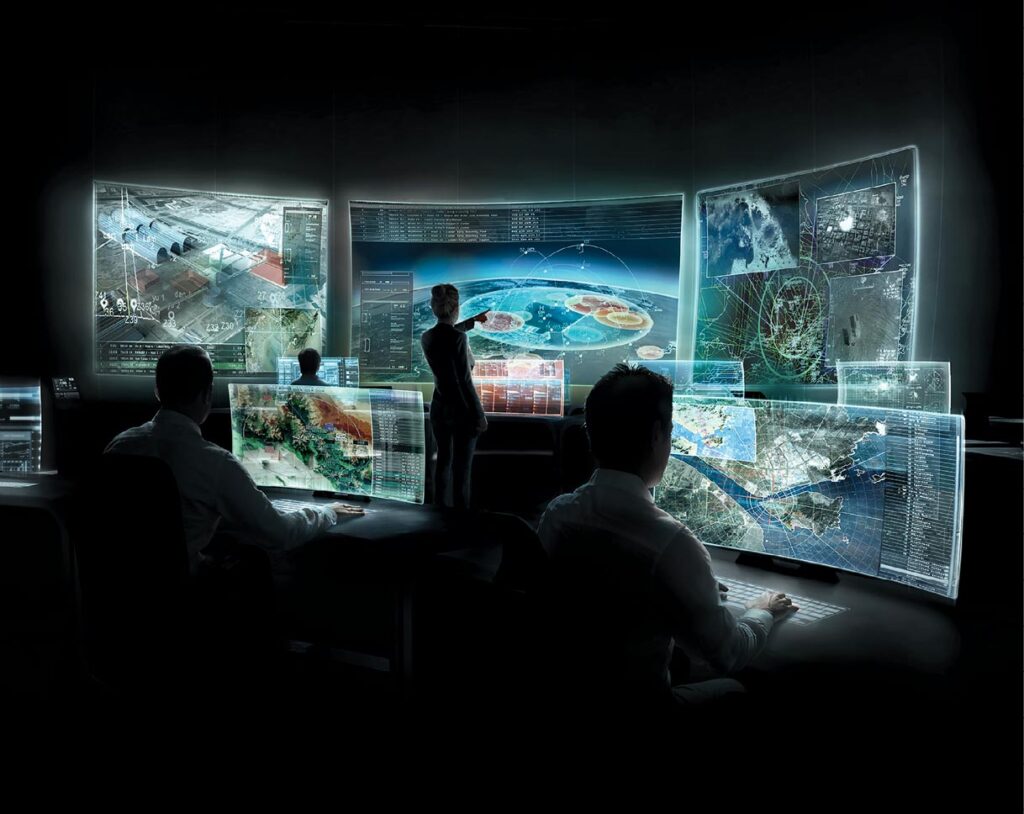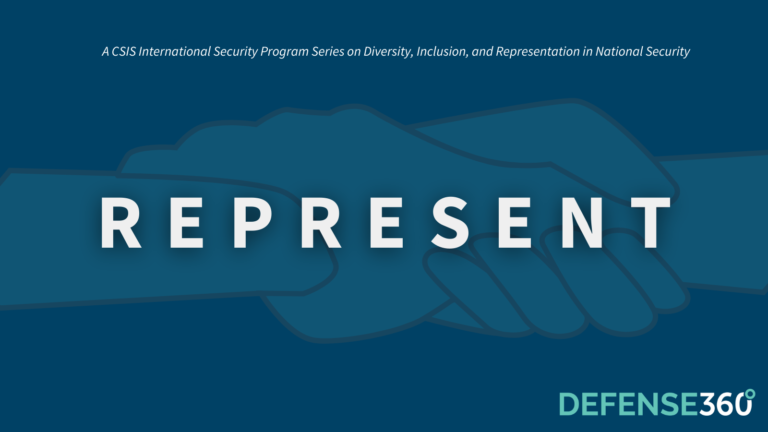SUMITRA BADRINATHAN, DEVESH KAPUR, MILAN VAISHNAV
Since coming to power in 2014, Indian Prime Minister Narendra Modi has made outreach to the far-flung Indian diaspora a signature element of his government’s foreign policy. Modi’s courtship of the diaspora has been especially notable in the United States, where the Indian American population has swelled to more than 4 million and has become the second-largest immigrant group in the United States.1
In two separate, large rallies on U.S. soil—in 2014 and 2019—Modi sought to highlight the achievements of the diaspora, outlining the many ways in which they can support India’s interests from afar while underscoring their increasingly substantial economic, political, and social influence in the United States.
These high-octane gatherings, however, naturally lead to a series of questions: How do Indians in America regard India, and how do they remain connected to developments there? What are their attitudes toward Indian politics and changes underway in their ancestral homeland? And what role, if any, do they envision for the United States in engaging with India?
Despite the growing media attention showered on the Indian diaspora and the Indian government’s enhanced outreach, many of these questions remain unanswered. This study seeks to remedy this gap. The analysis is based on a nationally representative online survey of 1,200 Indian American adult residents—the Indian American Attitudes Survey (IAAS)—conducted between September 1 and September 20, 2020, in partnership with the research and analytics firm YouGov. The survey has an overall margin of error of +/- 2.8 percent.



/cloudfront-us-east-1.images.arcpublishing.com/mco/CUPCAF43QRDZNMDPILZMY32QTE.jpg)















